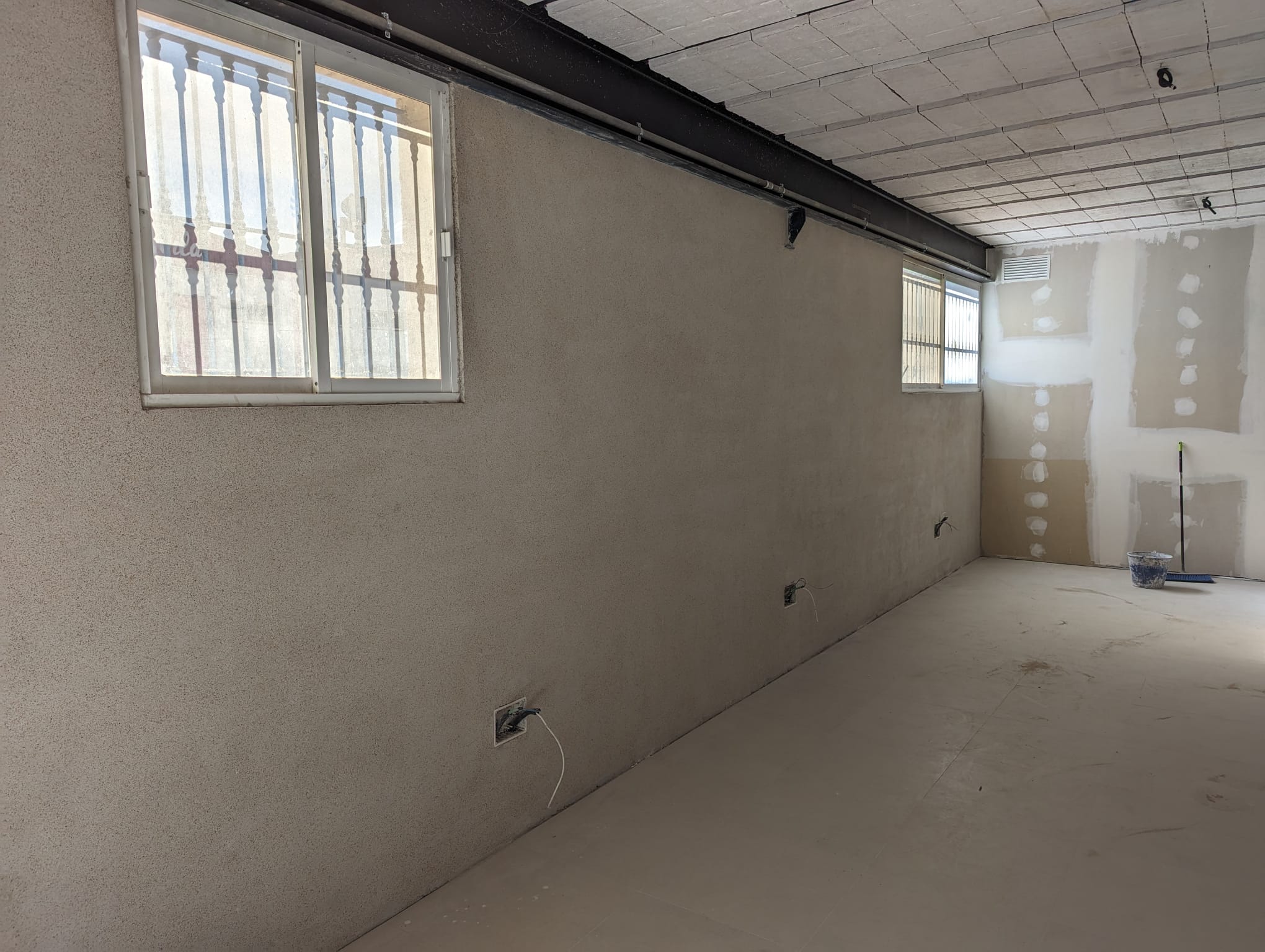Damp issues in buildings can be a frustrating and persistent problem. From peeling paint to musty odours, these issues can not only damage the structure of a building but also pose potential health risks. While there are several methods available to tackle dampness, the concept of using natural rendering materials as a solution is met with scepticism by many. So, why do people have doubts about these materials and their effectiveness in solving damp issues? Let’s delve deeper into the subject and explore the reasons behind this scepticism.
Understanding Damp Issues and Their Common Solutions
Dampness in buildings occurs due to various factors, such as rising damp, water leaks, condensation, and inadequate ventilation. This excess moisture can lead to the growth of mould and mildew, causing serious health problems and structural damage over time.
Water leaks are one of the primary causes of dampness in buildings. These leaks can occur from damaged pipes, faulty plumbing fixtures, or even from heavy rainfall seeping through cracks in the walls or roof. Once water enters the building, it can accumulate and create a damp environment, providing the perfect conditions for mould and mildew to thrive.
Condensation is another common source of dampness. It happens when warm, moist air comes into contact with cooler surfaces, causing the moisture to condense into water droplets. This often occurs in poorly ventilated areas such as bathrooms and kitchens, where steam from hot showers or cooking can accumulate and create a damp atmosphere.
Inadequate ventilation exacerbates the problem of dampness in buildings. Without proper airflow, moisture gets trapped inside, leading to increased humidity levels. This trapped moisture can then penetrate the walls, floors, and ceilings, causing damp patches and facilitating the growth of mould and mildew.
Rising damp is a condition characterized by the upward movement of moisture from the ground into the walls of a building, primarily through capillary action in porous materials such as bricks and mortar.
Chemical DPCs have been used to treat rising damp, critics argue that many damp problems have been misattributed to rising damp, allowing companies to profit from unnecessary treatments However, while these methods may be effective to some extent, they often come with their own set of drawbacks. While chemical damp-proof courses can be beneficial in specific scenarios, their application must be approached with caution and we have seen many issues with the solution not working.
Electrostatic methods have also been used to treat rising damp, particularly through electro-osmosis, are used in damp treatment systems to combat rising damp in buildings. This technique employs a small electrical current to create an osmotic flow that drives moisture away from walls and back into the ground. While some studies and anecdotal evidence suggest that electro-osmosis can be effective, opinions on its reliability vary. Some users report success, while others express scepticism about its efficacy, often citing issues with installation quality or misdiagnosis of damp problems.
As a result, there has been a growing interest in exploring alternative solutions for combating dampness in buildings. Natural rendering materials, such as slate, lime plaster and clay, have gained popularity due to their breathable and moisture-regulating properties. These materials allow the building to “breathe,” allowing moisture to evaporate naturally without causing damage to the structure. Furthermore, natural rendering materials are non-toxic and environmentally friendly, making them a more sustainable option for dampness prevention.
The Concept of Natural Rendering Materials
Now, let’s shift our focus to natural rendering materials and their potential as effective dampness solutions.
When it comes to constructing buildings, one of the key considerations is the choice of materials. In recent years, there has been a growing interest in eco-friendly alternatives to traditional cement-based renderings. This has led to the rise in popularity of natural rendering materials which have their limitations.
What are Natural Rendering Materials?
Natural rendering materials are composed of renewable resources such as lime, clay, and straw. These materials offer a breathable flexible finish, allowing the building to regulate moisture naturally. Unlike cement-based renderings, which can trap or slow down moisture movement.
One of the primary components of natural rendering materials is lime. Lime has been used in construction for centuries and is known for its excellent properties. It is not only environmentally friendly but also has the ability to absorb carbon dioxide from the atmosphere, making it a carbon-negative material.
Benefits of Using Natural Rendering Materials
The use of natural rendering materials presents several advantages. Firstly, they are non-toxic and do not emit harmful chemicals into the environment. This is particularly important for those who are concerned about indoor air quality and the impact of construction materials on human health.
Additionally, these materials have excellent absorption and release properties. They can absorb excess moisture from the air and release it gradually, thus reducing the risk of mould growth. This is crucial in damp environments or areas with high humidity levels but does not eliminate the need for dehumidification in high-humidity environments.
Furthermore, natural rendering materials promote thermal and acoustic insulation especially when combined with Cork as seen with Diathonite. They have the ability to regulate temperature, creating a more comfortable indoor environment. This can lead to energy savings as it reduces the need for artificial heating or cooling.
Natural rendering materials also age gracefully. Over time, they develop a natural patina that enhances the aesthetic appeal of the building. This adds a unique character and charm to the structure, making it stand out from the crowd.
In conclusion, our opinion is that natural rendering materials offer a sustainable and effective solution for treating dampness in buildings, whilst creating a more comfortable living space that has better thermal and acoustic characteristics.

